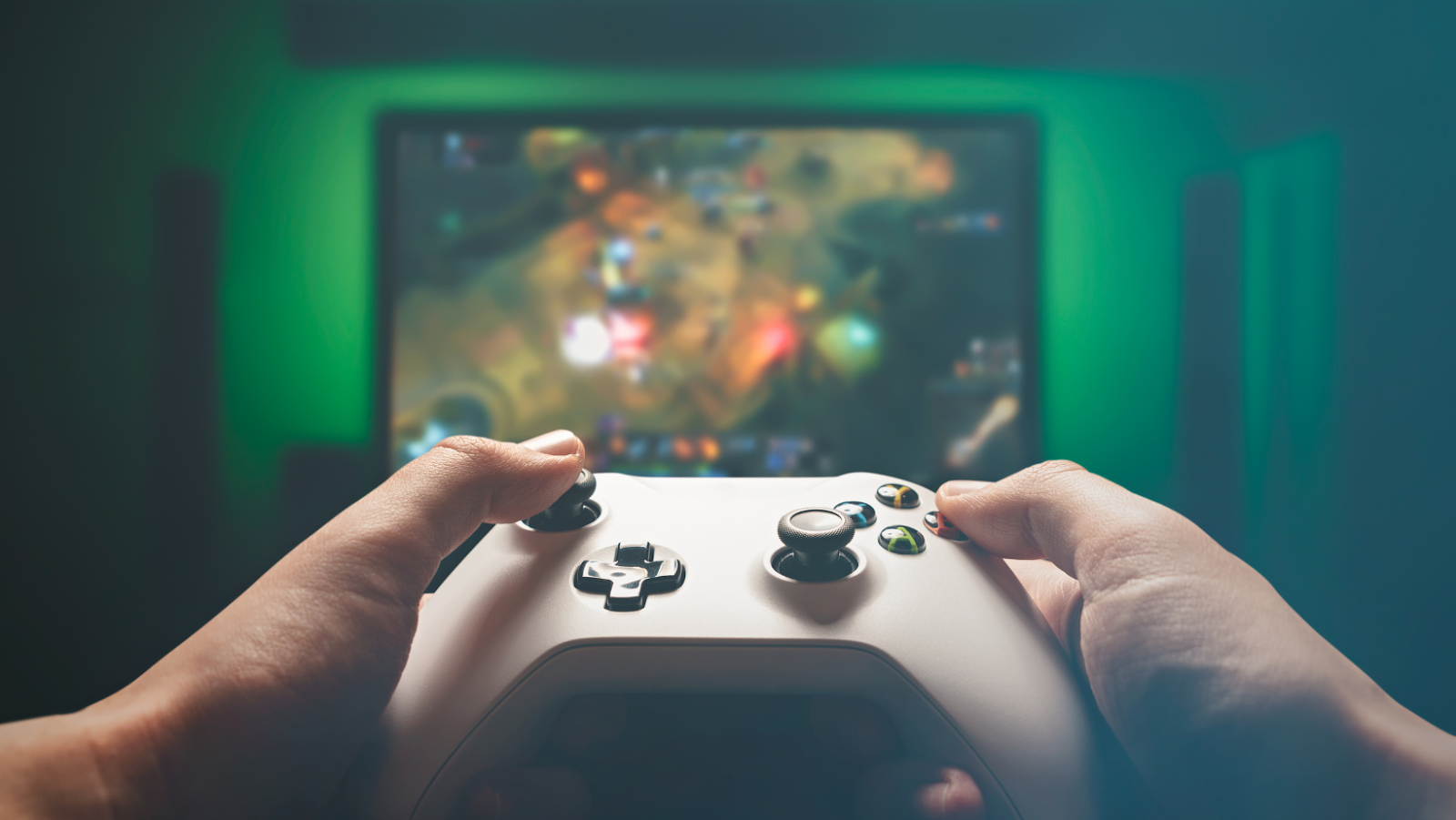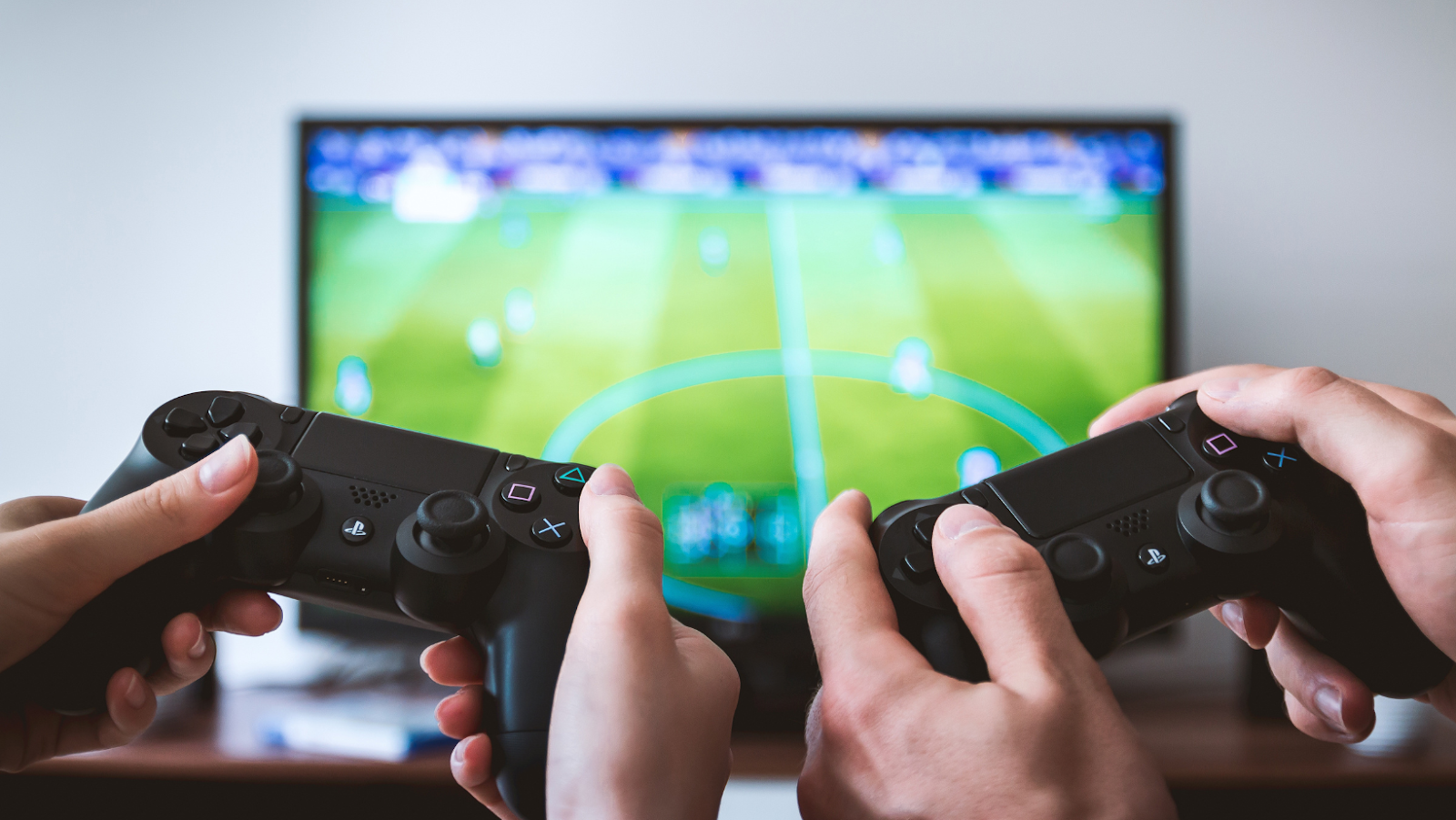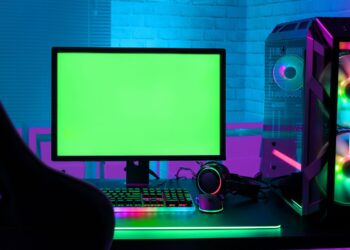We couldn’t wait until the end of the article to answer the question from the headline – the Backbone One controller is undoubtedly the most significant gaming controller for mobile devices. If you have an iPhone, there isn’t much you can’t do with it.
The mobile gaming industry continues to expand at a breakneck speed. With the exponential growth, there’s an enlarged demand for a technique to play games more accurately and proficiently while on the go. The Backbone One controller stems from the mobile gaming controller market, which is still slowly growing from this requirement. The Backbone One has established itself as one of, if not the best, mobile controllers available. As a result, we decided to put it to the test.
Specs for Backbone One
● iPhone with iOS 13 or later is required
● 4.87 ounces in weight
● 10.14 inches in width (extended)
● For charging your iPhone, you’ll need to use the Lightning port
● The absence of a battery
Pros of the Backbone One Controller
The first thing you’ll notice about Backbone’s controller style is that it doesn’t try to ‘reinvent the wheel.’ This is to its advantage because anyone who has used a controller on an Xbox, PlayStation, or Nintendo will feel right at home. The Backbone One is crafted of high-quality materials, and it feels comfortable in hand yet sturdy enough to withstand the rigors of regular use.
The lack of latency is the most noticeable feature when playing many games on the Backbone One. This is an iPhone product that’s fully integrated, as evidenced by how effectively they operate together. Because the controller connects to your phone, there’s no risk of a delay occurring when using other Bluetooth controllers.
The face buttons are excellent and clickable, providing adequate feedback when playing. The D-pad is shockingly well-made, and it’s the finest of any mobile controller we’ve tested. The analog sticks are functional, but given that this is mobile gameplay, they are a tad on the small side. The shoulder buttons are a mixed bag, with the L2 and R2 buttons feeling lovely and light, while the L1 and R1 buttons felt quite different. A hole in the bottom of the controller allows you to plug in your phone to charge it while you play. This would be a significant plus, even if the Backbone itself didn’t put a lot of load on the battery.

The Software Is What Makes the Difference
The software is what sets the Backbone One apart from other mobile controllers. You’ll be prompted to download the app after plugging it in. You don’t have to download the app if you don’t want to, but doing so unlocks Backbone’s true potential. You can turn your phone into a full-fledged console by downloading the software. The app’s interface seems like what you’d find on a console, making game navigation a breeze, which mobile gaming sorely lacks. This software also includes a list of your friends. You can use this to add those who have a Backbone controller as well. Friends can join voice rooms and play games with up to 8 other people.
Finally, the Backbone One is equipped with a built-in capture button. This makes it simple to capture photos or videos from the game and save them to the Backbone app rather than your camera roll.

Cons of the Backbone One Controller
The Backbone One controller’s most evident disadvantage is that it’s only compatible with iPhones. Andriod phone users would have to go elsewhere for their mobile gaming controllers.
Another topic of contention in terms of exploiting is the use of phone cases. If you have a case on your phone, you’ll need to remove it before using Backbone One. This may be more of a problem for some people, depending on the sort of instance they have. Some phone cases will easily glide off, while others, which are bulkier, may cause some difficulties.
The R1 and L1 buttons are the only criticism we have of the Backbone controller when it comes to gaming. They operate effectively, however, they have a low profile and could be overlooked in a hurry. We didn’t have a problem with them, but we could understand if it made people uncomfortable or led them to miss inputs.
Conclusion
The Backbone One is without a doubt the greatest mobile controller available. The hardware is superior to any other mobile controller we’ve tested. For the experience, the software is on the verge of being revolutionary. The controller is elegantly incorporated into the iPhone and works flawlessly with the games.
If you’re an Android user, it’s a shame you won’t be able to use Backbone One, as this is the device’s single major flaw. So for Android users, we recommend focusing more on learning the secrets of the most popular video games before a suitable controller arrives for them to play on and monetizing the knowledge by betting on these games that are presented in the form of eSports on best Rust betting sites.
















